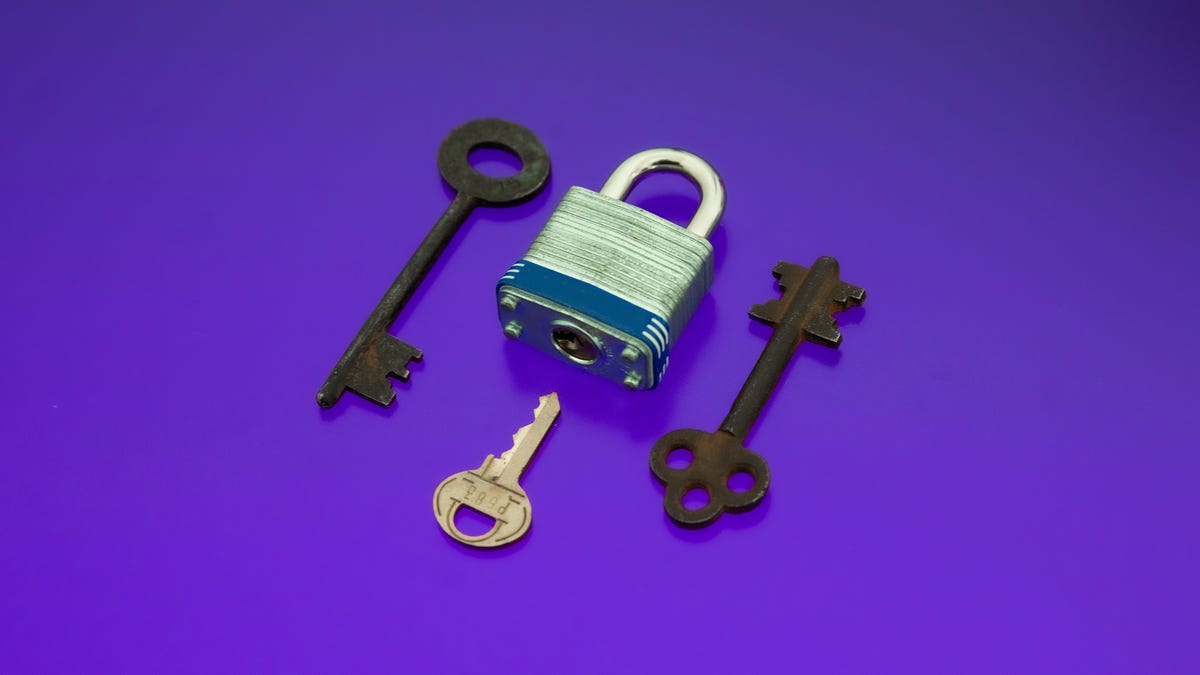
Key Takeaways:
10 Strategies to Protect Your Wi-Fi Network from Hackers
In an increasingly digital world, where connectivity has become indispensable, safeguarding your Wi-Fi network against hackers is paramount. Hackers are constantly finding new ways to infiltrate networks and exploit vulnerabilities, making it crucial for internet users to adopt robust security measures. To ensure your Wi-Fi network remains secure, this article presents ten expert-recommended tips that will keep you one step ahead of potential cyber threats.
1. Create a Strong Password
One of the simplest yet most effective strategies to secure your Wi-Fi network is to create a strong and unique password. A strong password comprises a combination of upper and lower case letters, numbers, and special characters. Additionally, it is crucial to avoid easily guessable information such as family names, birthdates, or common words. Generate a long and complex password that is challenging to crack. Remember, security starts with a strong password!
2. Enable Network Encryption
Encrypting your Wi-Fi network is essential to prevent unauthorized access. Use WPA2 (Wi-Fi Protected Access 2) or WPA3 encryption protocols for enhanced security. Encryption creates a secure barrier between your network and malicious intruders, ensuring that data transmitted over Wi-Fi is encrypted and remains confidential. Bear in mind that older encryption methods like WEP (Wired Equivalent Privacy) are easier to break, rendering them ineffective against modern hacking techniques.
3. Keep Software and Firmware Up to Date
Regularly updating both your router’s firmware and any connected devices’ software is crucial for network security. Manufacturers often release updates that address known vulnerabilities and improve device performance. By keeping your firmware and software up to date, you can benefit from the latest security features and stay protected against newly discovered threats. Remember, an unpatched device is an open invitation for hackers!
4. Change the Default Network Name (SSID)
Leaving your Wi-Fi network name as the default one assigned by the manufacturer may provide attackers with essential information. By changing the default Service Set Identifier (SSID), you minimize the likelihood of hackers targeting your network. Avoid using identifiable personal information or overly specific names that may disclose sensitive details. Choose a unique and generic name that doesn’t give away personal information or the type of router you’re using.
5. Disable Remote Management
Remote management allows you to access and configure your Wi-Fi router from outside your home network. Unfortunately, hackers can also exploit this feature to gain control over your router. Disabling remote management prevents unauthorized users from accessing and manipulating your router’s settings. Keep your network solely in your hands by disabling remote management, mitigating risk and enhancing security.
6. Enable Firewall Protection
Activating the built-in firewall in your Wi-Fi router adds an extra layer of security to your network. Firewalls monitor and filter incoming and outgoing network traffic, blocking potentially malicious connections and protecting your devices from unauthorized access. Ensure that your router’s firewall settings are properly configured to enhance network security and protect against common hacking techniques.
7. Utilize MAC Address Filtering
MAC address filtering provides an effective method of controlling device access to your Wi-Fi network. Every device has a unique MAC address, allowing you to create a whitelist of permitted devices. By enabling MAC address filtering, you ensure that only the devices with approved MAC addresses can connect to your network. Remember to add the MAC addresses of your devices to the list to prevent unauthorized devices from gaining access.
8. Disable WPS (Wi-Fi Protected Setup)
Although designed to simplify the process of connecting devices to a Wi-Fi network, WPS has proven to be a vulnerability capable of compromising network security. Attackers can exploit WPS to crack your Wi-Fi passphrase and gain unauthorized access to your network. Thus, it is crucial to disable WPS functionality on your router, eliminating this potential security risk.
9. Regularly Review Device Connections
Periodically reviewing the devices connected to your Wi-Fi network allows you to detect unauthorized access. Most routers provide an option to view the connected devices, displaying information such as IP addresses and MAC addresses. If you notice any unfamiliar devices, take immediate action by blocking or removing them from your network to maintain the utmost security.
10. Enable Two-Factor Authentication (2FA)
To further fortify your Wi-Fi network’s security, enable two-factor authentication whenever possible. Two-factor authentication adds an extra layer of protection by requiring users to verify their identity through a secondary method, such as a unique code sent to their mobile device. By enabling 2FA, even if someone manages to crack your password, they won’t be able to access your network without the secondary authentication.
Frequently Asked Questions
Conclusion
Securing your Wi-Fi network against hackers is a crucial step in protecting your sensitive information and ensuring a safe online environment. By following these ten expert-recommended tips, you can significantly enhance the security of your Wi-Fi network and stay one step ahead of potential cyber threats. Remember to create a strong password, enable network encryption, update software and firmware regularly, and implement additional measures such as MAC address filtering and two-factor authentication. By adopting these security measures, you can enjoy a secure browsing experience and maintain control over your network.
Source: insidertechno.com